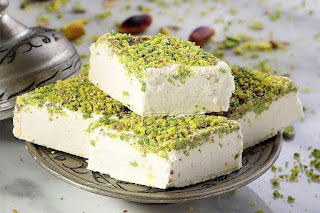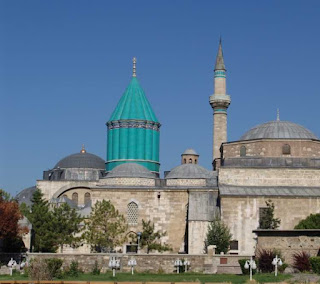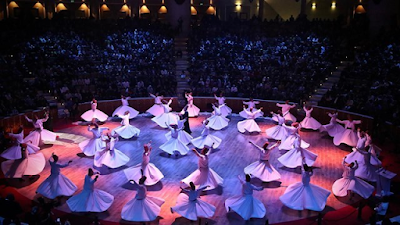MY HOMETOWN, BOLU
Hie friends! we are Toprak and Nisa today we are going to talk about our hometown, Bolu. Let's begin with natural beauties.
Abant Lake creater and deposit lake formed on the Abant Mountain.It has pine,fir,beech,oak,chestnut poplar and wild fruit species.Abant Lake hepls people to have fun,relax.
Gölcük,which is the first choice of many regions welcome site visitors every season. Right on the
edge of the lake covered with the extraordinary beauty of nature there is a charming building that is the state Guest House of the Ministry of Agriculture and Forestry. Gölcük Nature Park is one of the most important tourist centers of Bolu.
YEDİGÖLLER NATİONAL PARK
The Yedigöller basin, which is 1642 hectors is size, was taken in to protection as a national park in 1965.In addition, the remains belonging to the Byzantine period show that the region was a settlement.
There are seven lakes in national park as Büyükgöl, Seringöl, Deringöl, Nazlıgöl, Küçükgöl, Incegöl and Sazlıgöl. The largest lake in the park is Nazlıgöl. The first Trout Breeding Stations in our country wan established here in 1969.
AKKAYA TRAVERTİNES
'' Akkaya travertines are Pamukkale of Bolu''
Akkaya traventines have a view that integrates wish lush nature. Especially in summer, traventinies pool attract a lot of attention for cooling of .,
KÖROĞLU WATERFALL
Köroğlu Waterfall is just one of the nature place that naturel lover should definitely see. This waterfall loceated in the Dörtdivan region forms a 250 square-meter-wide band after september. This waterfall which has a very cool water even in the july heat, is a beauty worth seeing every season of the year.Now we will talk about the cultural features and beauties of Bolu, let's get started!
Bolu is a province with the license plate code 14, and it has eight beautiful districts.
Districts of Bolu:
- Dörtdivan
- Gerede
- Göynük
- Kıbrıscık
- Mengen
- Mudurnu
- Seben
- Yeniçağa
Population and Geographic Location of Bolu: The population of Bolu is estimated to be 305,000 people according to the 2020 data. Bolu, with its fertile land, mainly cultivates wheat, barley, rye, beans, tobacco, sugar beets, potatoes, rice, and hazelnuts. When looking at the neighboring provinces, Bolu shares borders with Düzce and Sakarya to the west, Bilecik and Eskişehir to the southwest, Ankara to the south, Çankırı to the east, Zonguldak to the north, and Karabük to the northeast.
Historical and Cultural Features of Bolu: Bolu has a deeply rooted history. Around 1211 BC, like all Hittite territories, Bolu came under the control of the Phrygians. With its rich history, Bolu hosts many civilizations, showcasing its cultural richness.
Cultural Features of Bolu: Notable cultural features of Bolu include the Seven Lakes, Abant Lake, Gölcük, Sünnet Lakes, the Historic Wooden Houses of Mudurnu and Göynük, Kartalkaya Winter Sports Center, Mengen Chefs, Akkaya Travertines, Seben Rock Houses, Seben Apples, Aladağ Plateaus, Mudurnu's Sarot and Babas Thermal Springs, and more.
Traditional Dishes of Bolu: Bolu's local dishes are suitable for every palate and are quite delicious. Unfortunately, we can't list all the dishes that make Bolu famous for its cuisine, but here are some:
- Abant Kebabı
- Kartalkaya Kebabı
- Mengen Pilavı
- Bolu Köftesi

- Mücver
- Bolubeyi Tatlısı
- Saray Helvası
- Kaldırık Dolmaaı
- Keş
Traditional Clothing and Folk Dances of Bolu:
Bolu's traditional clothing is similar to those in neighboring provinces, including items such as felt hats, silk scarves, inner shirts, vests, gun holsters, belts, baggy trousers, socks, and boots. Popular folk dances in Bolu include Al Yemeni, Gerede Zeybeği, Halimem, Karaköy Kaşık Oyunu, Karşılama Oyunu, Köroğlu, Meşeli, Ördek, Sürütme, Bindirme, Göynük Zeybeği, Harbi Cengi, Mudurnu Zeybeği, and Omuz Halayı.
















Comments
Post a Comment